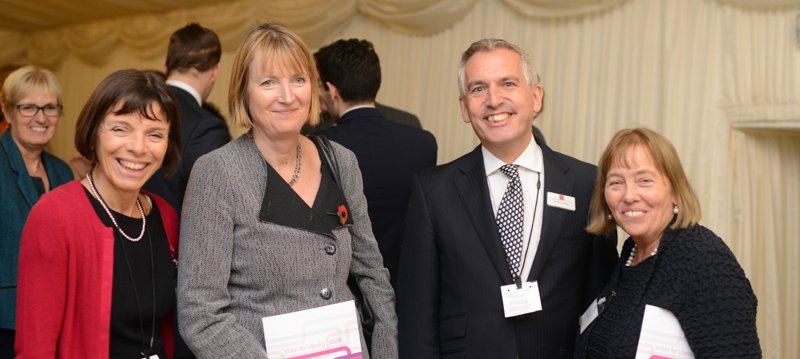Up to 40% of the adult population in the UK’s most deprived wards lack the literacy skills expected of an 11-year-old, which undermines our economic competitiveness and creates obstacles to fairness across society.
In the run up to the 2015 General Election, 19 members and supporters of the National Literacy Forum developed the Vision for Literacy, which recommended four areas, or Pathways to Literacy, where sustained policy consensus was required to ensure that all children had the literacy skills they needed to succeed by the time they finish secondary school.
It aligns with the Read on. Get on. campaign and Fair Education Alliance and makes four key recommendations to address literacy:
- Early years: Government should create a cross-departmental Early Years Minister to drive forward an integrated education, health, welfare and business approach to early years policy.
- Schools: Government should invest in new support for teachers, school leaders and governors. This should include the creation of a Royal College of Teachers.
- Reading for enjoyment: Government should instruct Ofsted to examine a reading for pleasure strategy in every school inspection.
- The role of business in education: Government should encourage the creation of Local Brokers to build links between schools and local business community, to support young people’s literacy and employability skills.
The Vision for Literacy was launched at an event of the All-Party Parliamentary Group on Literacy in October 2014 and achieved cross-party support.
Following the launch of the manifesto, the National Literacy Forum developed the Vision for Literacy Business Pledge to provide a mechanism for business engagement in raising literacy levels.
